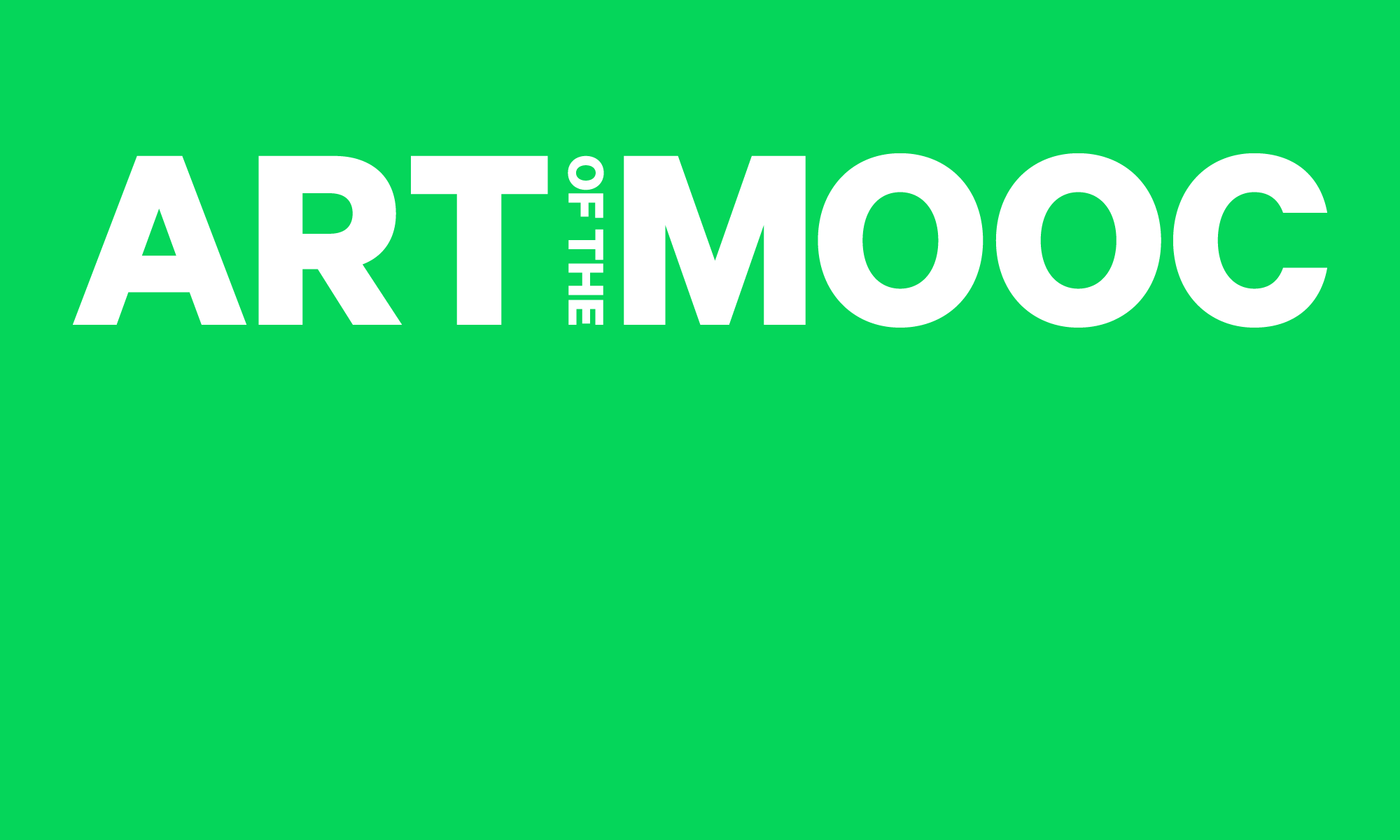Some of the public art installations highlighted in the lectures were simply that – art which could be placed anywhere. However, the much more effective art installations were the ones that served some sort of purpose or were much more closely entwined in their surroundings, including the physical location, its audience/participants, and the politics of the area in which it takes place.

The Eternal Frame was a recreation of the assassination of John F. Kennedy which took place at the actual location of his assassination – Dealey Plaza in Dallas. The effectiveness of this piece is grounded in the bizarre reactions of bystanders, some reacting as if the assassination were real, others going so far as to laugh about the spectacle taking place in front of them. This is an extremely good use of audience, as their reactions are completely genuine and much more interesting than a recreation of a historic event could be on its own. Another good use of audience is Key to the City, in which keys were handed to everyday people which unlocked doors around New York City, such as private, hidden art galleries and other interesting sites. Even more so than The Eternal Frame, this project literally would not have existed without its audience– it relied on people participating and actively trying to use their keys around the city. This project also blurs the line between art and function – there is no performance and no structure involved with this installation in the way that most people classically think about art. Instead, it serves a real purpose – allowing people to access places in the city where they wouldn’t normally be able to go. The force that turns it to “art” is the public imagination – it pushed people to explore places they would never normally go, to adventure through a city in which they might live but which they might not know as well as they should.

